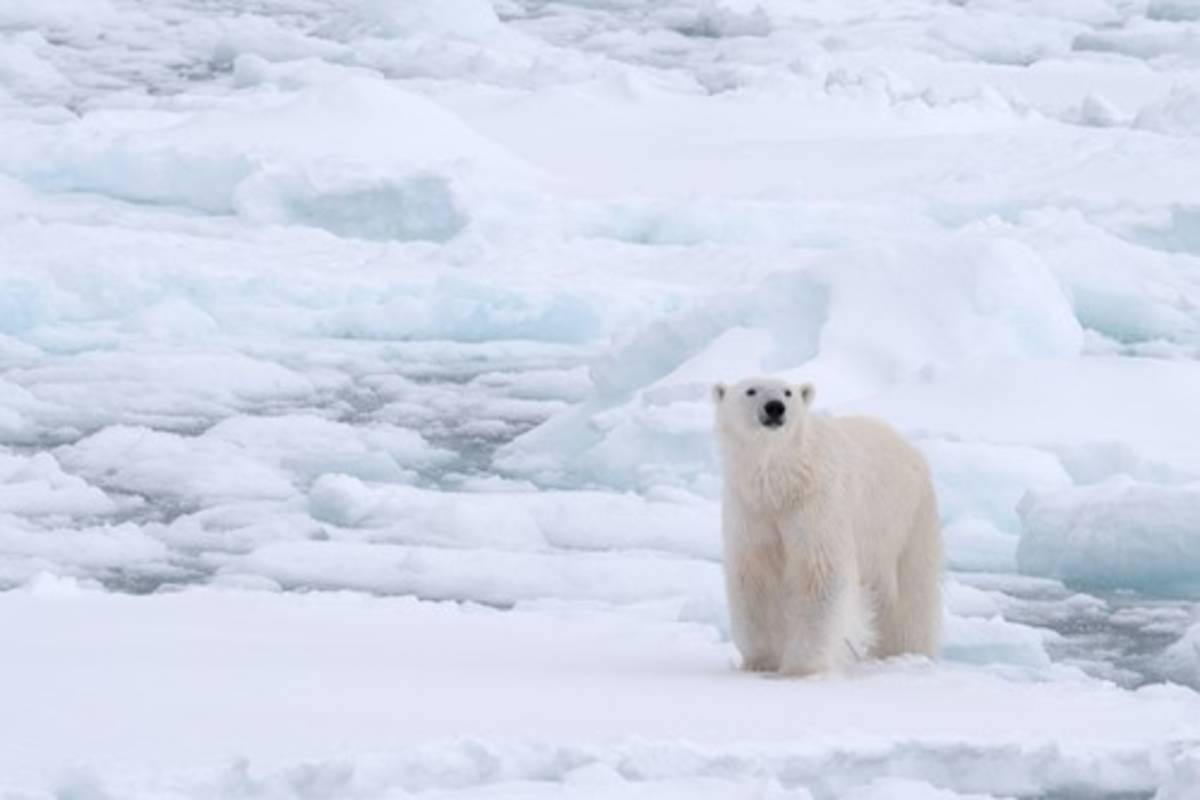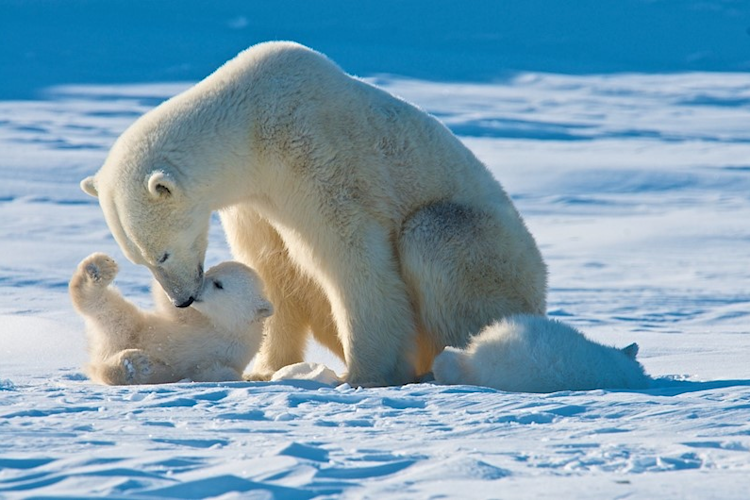Polar Bears International (PBI) began facilitating exchanges between scientists and zoos more than a decade ago, laying the groundwork in the U.S. and Canada. That networking led to a number of collaborative research projects that have helped us better understand wild polar bears.
From quantifying the energy demands of polar bears and what noises might disturb them to looking at the impact of habitat fragmentation via diminished sea ice on polar bear scent communication, polar bears in zoos have helped with research projects that would be impossible to conduct in the wild.
The studies have helped resolve key knowledge gaps about polar bears—data that will better inform management strategies and help us understand the impacts of a warming Arctic on polar bear populations.
The Role of Zoos in Conservation
During the three-day session, participants learned about completed and ongoing research projects involving zoo bears, along with those planned for the future. They also gained insights into the role the international zoo community can play in working with universities, governments, and scientists from around the world to fund and participate in long-term research that benefits polar bear conservation.
The Vienna workshop builds on earlier work by PBI to foster collaboration between North American and European zoos, with a focus on sharing information on enrichment, well-being, and husbandry for the benefit of the polar bears in their care.
This included last year’s first ever European Keeper Exchange, in which a keeper from the Mulhouse Zoo in France learned from and exchanged information with staff at the San Diego Zoo and Como Park Zoo; she later shared this information with colleagues through our first European Polar Bear Husbandry Training Workshop, which drew keepers from across Europe to productive sessions at Yorkshire Wildlife Park in October 2017.
Amy Cutting, animal curator at the Oregon Zoo and lead workshop facilitator, said she left inspired by the talent and creative of energy of participants.
“Things are moving very quickly in zoo polar bear care, training, and management,” Cutting said. “I think there are incredible opportunities to harness the collective energy out there to support polar bear conservation.”
Thanks to the many advisors representing institutions around the world who have worked together to ensure polar bears in zoos receive the best possible care and improve our understanding of the species: San Diego Zoo's Institute for Conservation Research, Oregon Zoo, Vienna Zoo, Como Park Zoo, Yorkshire Wildlife Park, Mulhouse Zoo, Ouwehands Dierenpark, European Association of Zoos and Aquaria (EAZA) and the Polar Bear EEP and Bear TAG, Association of Zoos and Aquariums (AZA) and the Polar Bear SSP and Bear TAG.

















